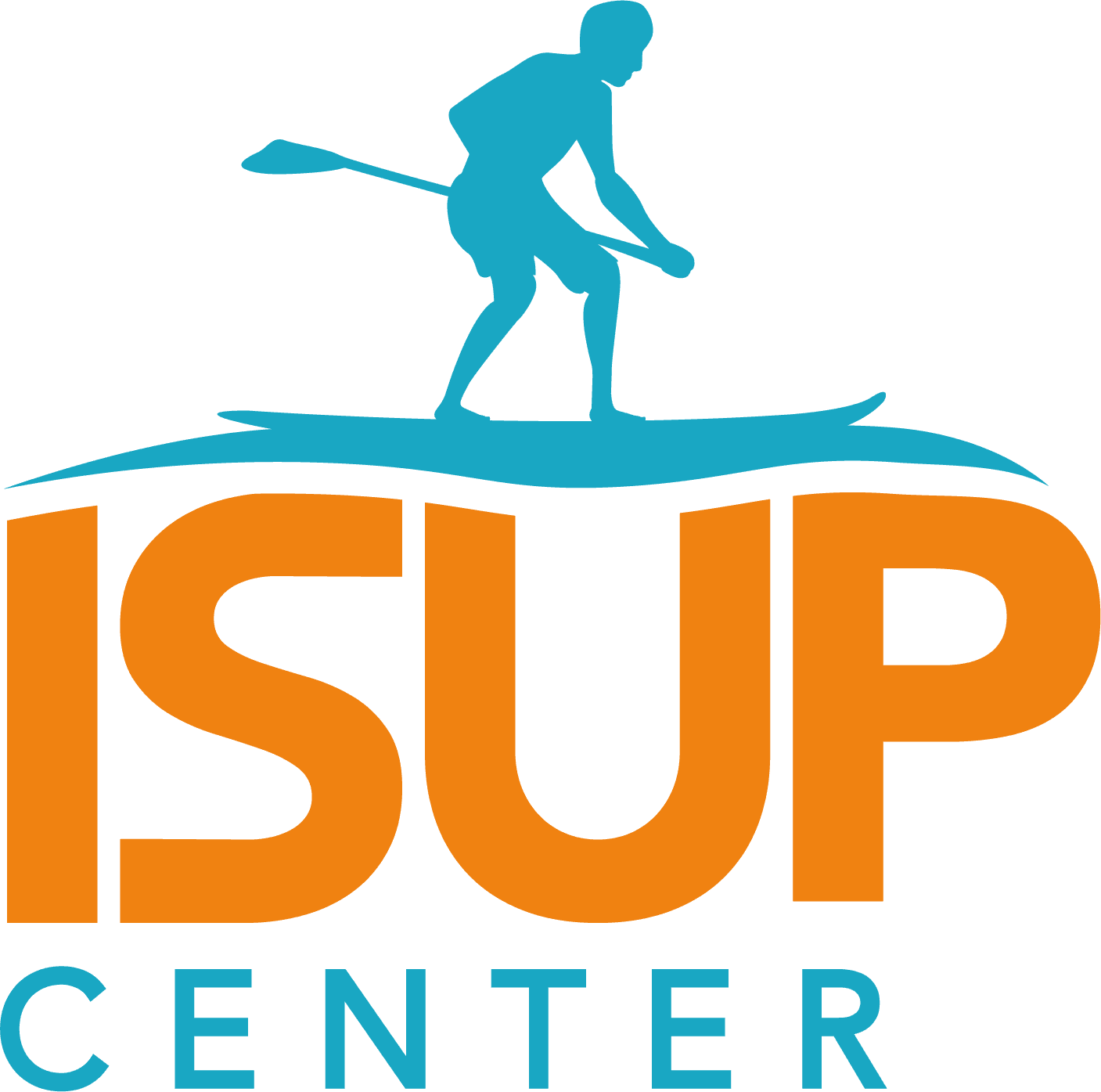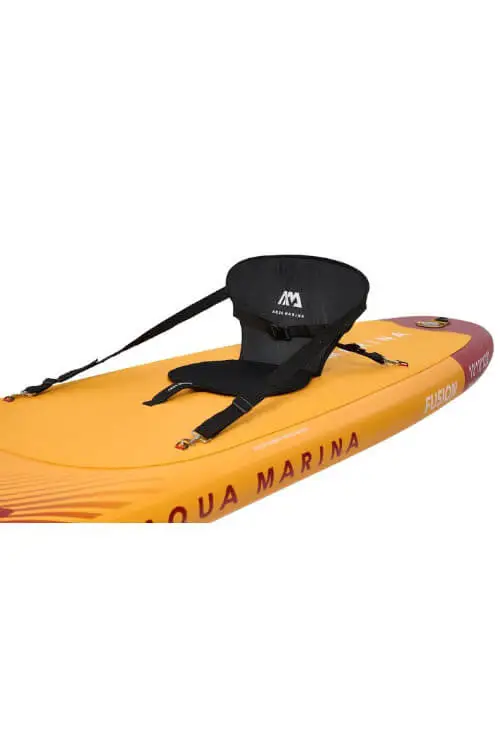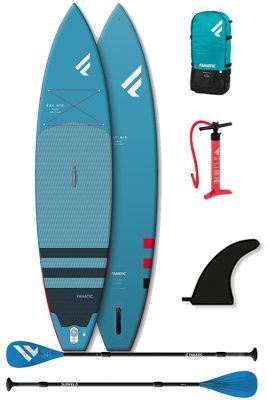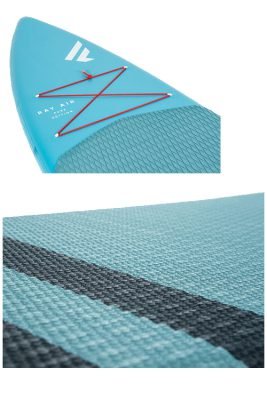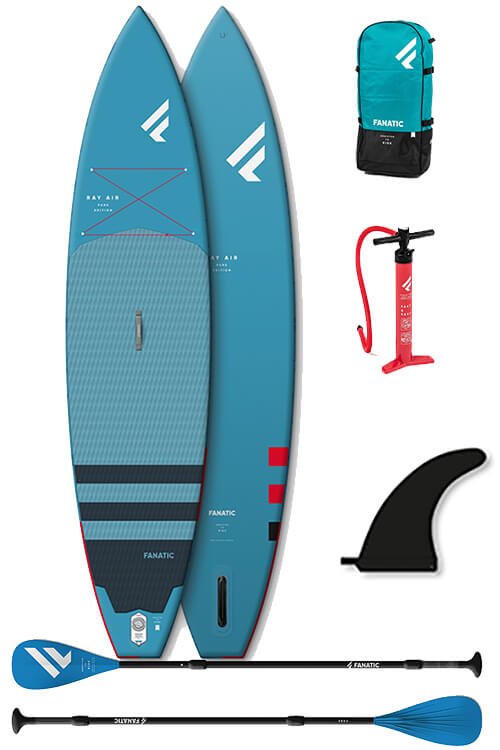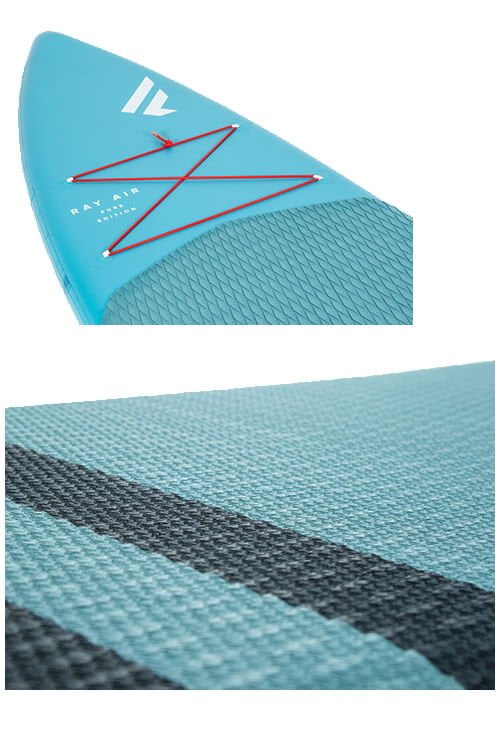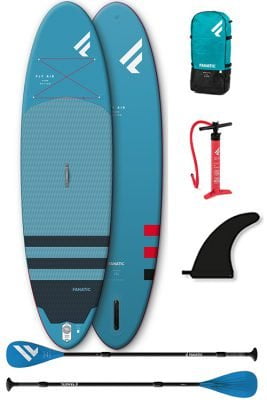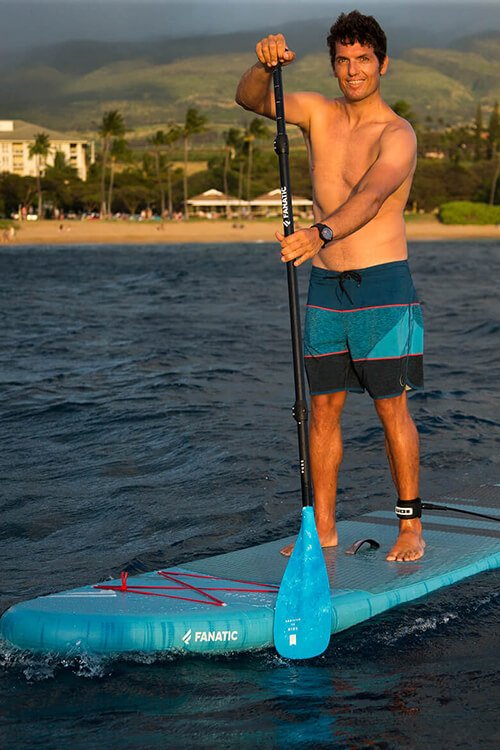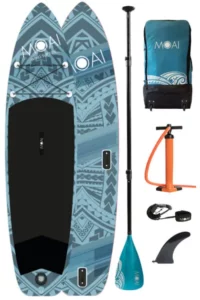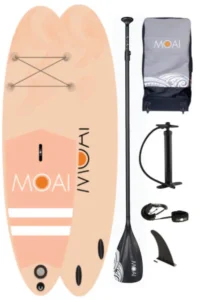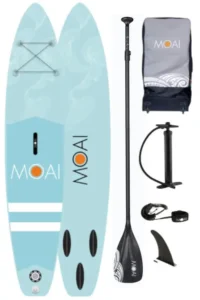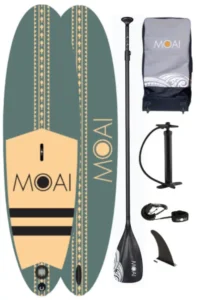Paddle Boards
Inflatable kayaks
Electric SUP pumps
THE SUP WEBSHOP IN EU AND THE UK!
SUP stands for Stand Up Paddle/Stand Up Paddling, also known as SUPing. SUP is also an abbreviation for SUP boards. SUPing is the most accessible water sport there is. Almost anyone can learn it! SUPing is sporty and relaxing at the same time. All you need for SUP is a SUP board, paddle and leash. You can go anywhere on the water, on lakes, ponds or the sea.
A SUP, the best way to relax on the water
SUPing is affordable for almost everyone. It is the best way to enjoy the water for relaxation. You instantly see ponds, lakes, or the sea in a different way. You don’t need a boat to relax on the water, and there are no storage or mooring costs. Just purchasing a SUP board is enough!
A SUP, the best way to be sporty on the water
You can challenge yourself perfectly on the water. You train your entire body with SUPing. Are you going for short or long distances or are you going for pure speed! The choice is yours!
MOST SOLD ITEMS
Aqua Marina Fusion 2024
Fanatic Ray Air Touring Pure 12’6″
Fanatic Pure Air Touring 11’6″
Fanatic Fly Air Pure 10’4″
NEW IN
Moai Wing 10’8
Moai SUP 10’6 Ultra Light Dawn
Moai SUP 11 Ultra Light Ocean
MOAI SUP 10’6 Ultra Light Blue

The advantages of an inflatable paddle board
From inflatable SUP boards to hardboard SUP boards. At Isupcenter you will find various types of SUPS. The inflatable boards are by far the most popular.
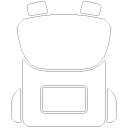
Compact
ISUPs (Inflatable Stand Up Paddle boards) can be deflated and then stored in their carrying cases. They can then be easily transported in the trunk of your car, taken on an earoplane or boat or even carried on your back.

Lightweight
An inflatable paddle board can easily be carried by one person. For this reason, they are easy to take anywhere. In addition, unlike a conventional board, they can be stored anywhere.

Strong
You will be surprised at how robust and strong these inflatable stand up paddle boards are. They are almost indestructible! They all have a soft grip pad on top that helps to protect you from cuts, scrapes and bruises.
Secure payment
Within 14 days
Need advice?
Fast shipping
2 to 4 workdays
The SUP Webshop in Europe and the United Kingdom!
Welcome to iSUPCENTER, the SUP webshop for everything related to Stand up paddling! At iSUPCENTER we offer a wide range of paddle-boards. We are ready to provide you with the right advice if you have questions about a specific product in our SUP webshop.
From inflatable Paddle Boards to electric pumps
With a wide range of inflatable paddle boards, SUP paddles, Electric SUP pumps and various SUP accessories, you have come to the right place for all your SUP supplies. We add new products daily, so you always have a choice in different products, brands and applications.
If you miss an article or are looking for a good alternative, you can always send us a message. We are always open to suggestions, comments or questions about our SUP product range.
Personal advice for new SUP products
Are you curious which SUP paddle length suits you best or which paddle board is most suitable for your wishes. Simply contact us or take a look at our SUP blogs, where you will be provided with inspiration, advice and the latest news from the SUP world!
What our customers think


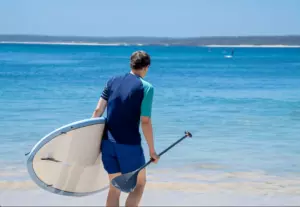
- Our mission is to get everyone on the water with the right SUP Board!
- Customers rate us with an average of 9.7!
- Free shipping when purchasing a SUP board
- Fast shipping through UK and Europe
- 14 days reflection period
- 100% secure payment
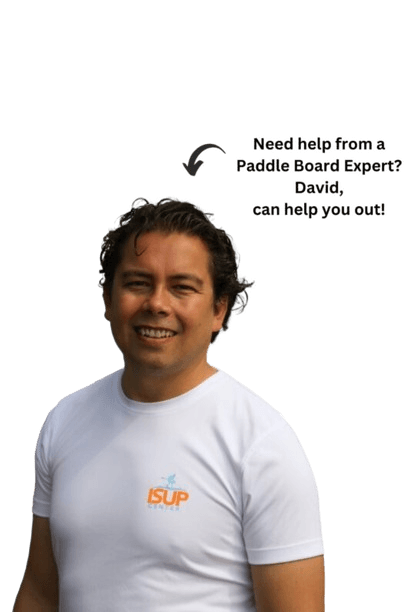
Are you having trouble finding a solution & do you have questions?
You can have direct contact with David or Isupcenter crew via the chat function. We are happy to help you find the right paddle board or accessory!
Are you a discoverer and would you rather look up the information yourself? Our website is known for its extensive, specialized and honest content!
